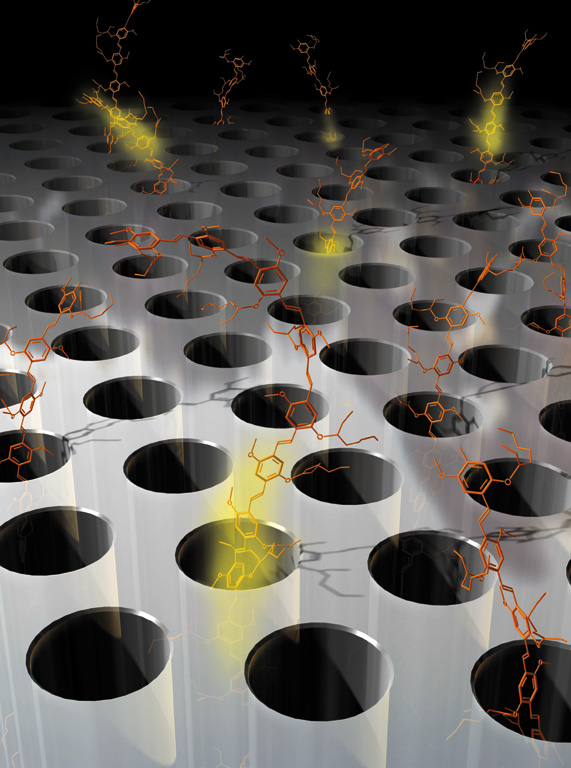
Choice of Surfactant
This image shows how pores form around surfactant molecules. It can therefore be seen that size and type of surfactant is important in the control of pore type.

A wide variety of surfactants, with different properties; anionic, lipid, zwitterionic even two-tailed species, are used to introduce the mesopores.
Ionic surfactants self assemble into micelles, governed by the matching of charge densities at surfactant – inorganic interfaces.
Neutral templating, involving non-charged species (often primary amines) is based upon hydrogen bonding.
Larger pores, up to 140Å, can be synthesised by using amphiphilic block copolymers with a wide variety of characteristics. Materials formed by this method are hydrothermally stable due to their excellent interfacial stabalisation properties. They also have long ordering lengths, thick walls and large pores.
Surfactants can even be covalently bonded to the inorganic precursor as a ligand.
Pore size can be controlled by the choice of surfactant. The diameter can be increased by lengthening the alkyl chain, addition of an auxiliary hydrocarbon such as an alkylated benzene, or solution of an organic species in the hydrophobic micellular regions.